The Ultimate Blog Writing Checklist for Beginners

You have written a blog post, it’s really well and informative. You believe it will add value to your readers. So, should you publish the post right away?… No! There are many things you need to check before hitting on the publish button.
Over 2 million blogposts got published everyday just on WordPress. So, you have to consider how to stand out.
Writing is obviously the main part of blogging but that’s not all. Before making it public you need to check some certain things to ensure the quality and better user experience.
Here we described a 37-point blog writing checklist to make sure your efforts are not ruined. This checklist will cover from the start of your writing to publishing it.
37 Point Blog Writing Checklist for Beginners
The points got divided into three parts to make them easily understandable.
- Primary Considerations and Content Outlining
- Points related to Search Engine Optimisation (SEO)
- Useful tips to boost your content further
Now, let’s start with the part.
Quick Navigation
Primary Considerations and Content Outlining

1. Consider Target Audience before Planning
Considering the target audience group before preparing the content outline is a must. Every blog topic is meant for some specific people. If you write a blog post and think everyone is going to come and read then you are mistaken.
When you pick a topic up you need to identify your audience first. That will help you have a clear goal in mind and you will write keeping those specific readers in focus. Your information will be precise and you will find the right tone for your blog as well.
2. Define Your Top Goal
You should write a blog post keeping a marketing plan in mind. So, you need to realize the purpose of your topic. Like, generating traffic, SEO boosting, creating brand awareness, lead generation, etc.
We are going to start by giving you some pointers on how your structure of the content will look like.
3. Create An Outline For The Post
The next point on our blog writing checklist is, you need to create an outline for your blog post. Assuming you have already locked in on the topic. Now, an outline will contain the whole idea of your blog. The problems you are going address and how you are going to solve them, all this will be in the content outline.
When you will write a blog with a huge word count, the outline will help you keep track. Otherwise, it will be easy to get confused in the middle of writing.
4. Choose A Catchy Headline
After the outline, you need to choose your initial headline. Pick a headline that is true to your blog topic and also creates urgency among the audiences. Locking in on the starter headline will help you get a more clear idea of the topic and you will easily know what to write.

For example, if you want to write about the bad effects of smoking you can choose your headline to be “How Smoking Reduces Your Life Span By 10 Minutes Every Time“. This title will help the readers immediately realize that you are going to talk about the bad effects of smoking.
5. Provide Self-explaining Subheads
If you are writing a post that has more than 500 words, then you should use subheadings to split up the content. It is boring if you just write paragraph after paragraph without giving an insight.
That way the readers will get lost and will get bored quickly. So, to create engagement and give your readers the chance to understand your content more easily use subheadings throughout your post to break up sections of text.
6. Content Should be above 300 Words (1500+ is Best)
Don’t hold back while writing. Write as many words as you can. But make sure your whole topic is covered. Use facts, statistics, quotes, ideas, solutions. Writers often makes the mistake of thinking that audience like short contents because they don’t like to read long contents.
That is not true. When you find content that answers all your questions regarding the topic will you feel bored? Not at all. Rather you will appreciate the blog post and the writer. The same goes for Google and other search engines as well.
However, don’t fill your content with unnecessary information just to make it longer. The audience will get irritated.
7. Break Up Content Into Paragraphs
If this article was being written without any break you would have gotten bored reading the first 200 words. That is why it important to break up your content into paragraphs and white space.
Because digital content should be skimmable.
8. Stats & Facts Adds Value To The Post
Stats, facts, takeaways, news helps prove your point. That means if you are trying to show something or make your audience believe something uses facts or stats. Then you will come out as more believable to your audience and it will definitely add value to your post.
9. Add Use Cases, more and more Examples
Show, don’t tell.
It is one of the main factors of the blog writing checklist. When you use more use cases or examples than the audience will easily understand your point and will absorb the facts quite easily. Also, they grasp the message you are trying to share and convey to them.
Like, when you write about the bad effect of smoking you should example like,
Every 15 cigarettes you smoke will cause a mutation in your body, mutations are how cancers start.
10. Use Active Voice
One of the first things you will learn as a blog writer is to use an active voice while writing. Because active voice,
- Uses fewer words, so that makes the writing more concise and efficient
- Has a faster-moving narrative, which makes for easier writing and more engaging reading
- Cleans up the sentence and
- Helps prevent grammatical mistakes.
Also, active voice makes the sentences sounds more interesting and exciting rather than passive voice.
11. Write So That Even An Eight Standard Could Understand
We have included this point to the blog writing checklist so that you understand the importance of keeping the content simple. When you are writing a topic make sure it not only understandable by you but also by everyone.
Use simple words, don’t overcomplicate things, keep the structure simple. The quality of the writing should be high but simple.
12. Strictly Avoid Duplicacy
Always create original content. It is natural to look at other contents during researching. But, you should pick up ideas and what is lacking on that blog not sentences. So, rewrite the sentences in your own way and add more information if you can.
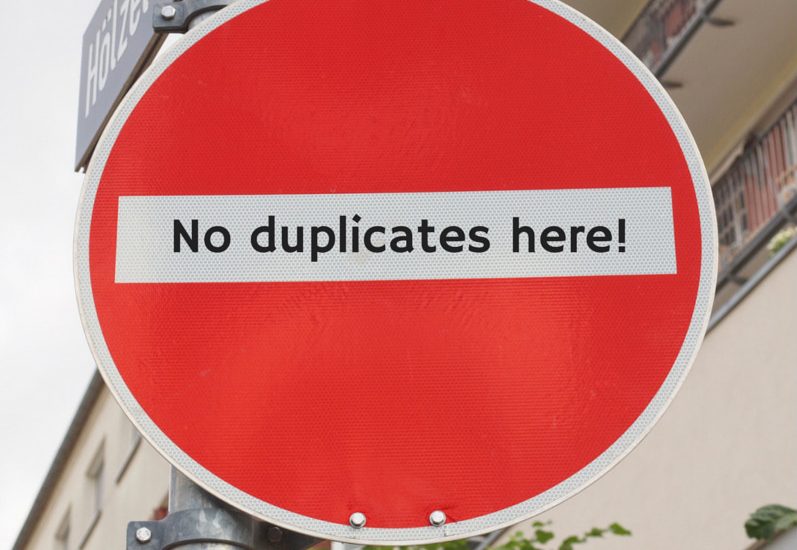
Not only audiences but Google doesn’t like plagiarism as well. You could be penalized as well.
13. Add Relevant Images, Infographics
Blog is not only about writing, it’s also about how present the information to the reader. One thing we have said repeatedly throughout the this blog writing checklist guide, never let your readers get bored.
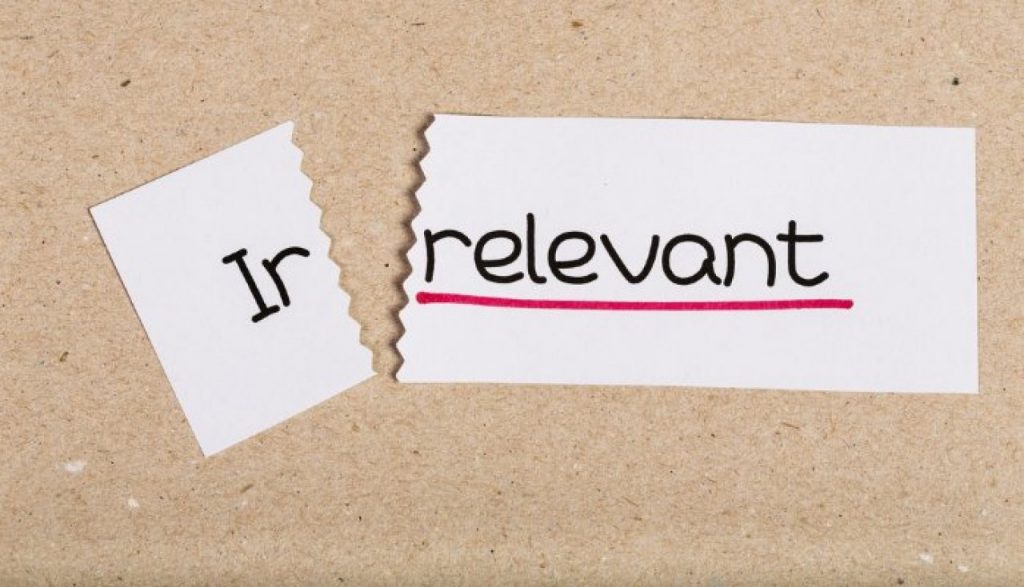
So, if you fill-up the blog with words then no matter how interesting the topic is, it will not hold the excitement of the readers. So, you should include relevant images, infographics in order to spice up the visualization of your blog.
14. Link to Relevant-Valuable Sources
We told you to provide facts, stats, quotes to add more value to your content. But remember to give credit and provide links from where you picked up the information.You need to provide proper citations.
15. Important Information Should be Marked
When you will provide a lot of information, you want some information to catch the eye of your reader. Because you have worked hard to find that information. That is why that information should be highlighted.
But don’t go highlighting every single information.
Search Engine Optimization (SEO) Practices
You need to make sure your audience finds it and Google along with other search engines acknowledges it. That is why you need to perform SEO. So, what should you do?
16. Analyse Keywords before Writing
Next on our content writing checklist is selecting your primary keyword. It is important why? Well how else audience is going to find your blog. That is why you need to find a keyword that represents your topic and also help you rank higher in SERPs.
There are many ways to find your desired keyword for your blog topic. So, you can adopt these ways and reach more audiences with them.
17. Target Keyword Should Appear In Your Headline
It is a very important practice for the content writers out there. The target keyword should appear in the headline of your blog topic. So, after choosing the primary keyword, go back to your title and try to include the keyword in it.
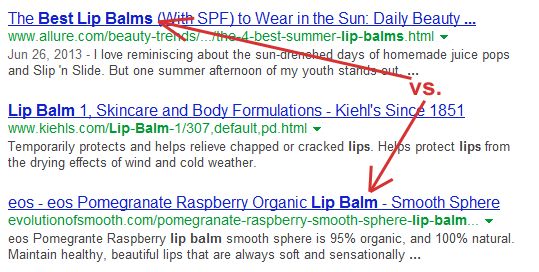
The benefit of it is Search Engines like Google, Bing, etc will know exactly what your content is all about.
18. Include LSI (Secondary) Keywords
Latent Semantic Index(LSI) or secondary keywords is an important part of the blog writing checklist. When you lock in your primary keywords, you should find some other keywords that surround your topic. These keywords can be long-tail keywords as well.
That way when people search using those secondary keywords, your blog post will still appear in the search results. Also, search engines use them to deeply understand your content.
So, it is better to select a few secondary keywords for your blog topic.
19. Make Sure Your Target Keyword Appears Within The First 100 Words Of Your Content
It is a very important practice for the content writers out there. The target keyword should appear in the first 100-150 words of the content. However, it shouldn’t look like you are forcing the idea. It should come naturally.
The benefit of it is Search Engines like Google, Bing, etc will know exactly what your content is all about and bring it higher in the search results and it sends signals to search crawlers.
20. Use Your Primary Keyword In Subheads Naturally
A part of your blog writing checklist should include adding your target keyword in subheadings. Because subheadings play a key role in optimizing the content in the best possible manner. That way subheadings will be used efficiently to enhance the quality of the content so that the content performance can be better.
21. Use The LSI keywords At Least Once
Point number 7 of the blog writing checklist, we told you to choose some secondary keywords relevant to your blog posts. Well, that was not for the show only. You need to use those keywords at least once your blog post for SEO optimization.
22. Avoid Keyword Stuffing or Black Hat SEO
It is a common idea among many writers that if you fill your blog post with your target keyword then your blog will get a higher ranking. That is absolute nonsense. The goal is to avoid using the target keyword more frequently rather than use it more naturally.
The keyword should be used naturally so that it doesn’t break the flow of the blog and readers don’t find it unnatural.
2% density is enough for a blog post.
23. Add Target Keyword At The End Of Your Blog
It is a good practice to use the primary keyword toward the end of the post to bookend the copy with references to the target phrase.
Also, it will help with the SEO and help you rank higher.
24. Add Target Keyword In The Meta Description
A meta description is used as a summary for your blog. Readers will get an initial idea about your blog by reading the meta description. So it is a good idea to use your target keyword in the meta description.
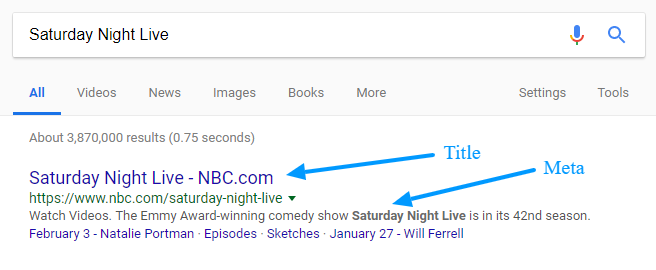
Remember your meta description should not exceed 150 words.
25. Internal Linking
It is one of the crucial point in the content writing checklist. Internal linking means when you link to other published posts on your site through relevant keyword on your blog post.
It helps in three things, boost your SEO, generates more traffic, acts as a resource guide to the readers.
26. External Linking
After internal linking comes external linking. When you write a blog you use terms that is unfamiliar and readers want to know about it more. So, it is a good practice to add outbound links to the best possible explanation for that term on the web.
The links can be to a Wikipedia page or to any relevant blog post.
27. Try To Keep The Head Keyword In The Page Title
One of the best practices in blog writing is to put the target keyword in the page title. It is a great way to boost your SEO. Also, that title needs to be unique to avoid any duplicate title tag issues that might hurt your site’s SEO.
You can make the page title the same as your headline, no problem. If you make it different make sure it stays true to your topic.
28. Add Your Target Keyword To Image ALT Tag
When you add images or any other graphics, remember to add the primary keyword to the alt tag in a natural way. It will boost SEO and also save you from copyrights.
29. Add The Keyword To Image File Name & Title
When adding images, also use the primary keyword in the original file name and the title in the CMS. This will also boost SEO.
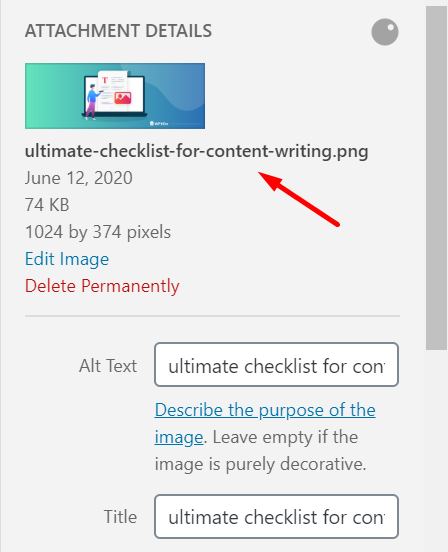
30. On-Page SEO
Make sure to run a full on-page SEO after the blog is published. Make sure you don’t miss any SEO optimization steps. On-page SEO includes optimizing title tags, images, meta descriptions.
Useful Tips To Boost Your Content Further
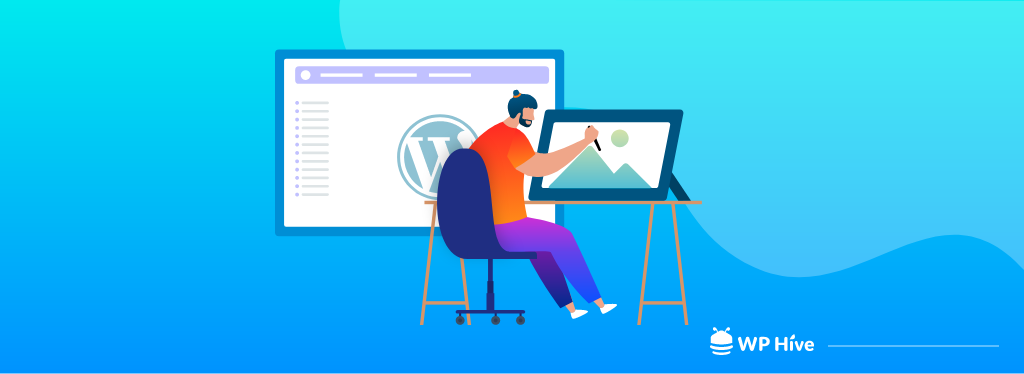
31. Optimize Your Images
We all want to include high-quality images in our blog posts. But, there is a downfall to that. Sometimes it may take some time to load the whole image that can create irritation for the readers.

So, it is a good practice to resize the images for giving your readers a better experience.
32. Be Careful About The Image Copyright Issues
While writing a blog, we need to use images to convey our message. Sometimes we use images from Google. When we do that, we need to be very careful to avoid image copyright infringement. It is a very serious issue and you need to double check before publishing these kind of images.
33. Links Should Open In A New Tab
All the links, internal or external should open in a new tab. Otherwise, if the links open in the same tab, then it will drive attention away from your blog post. Which will increase the bounce rate and have a negative impact on your blog post?
34. Use CTA Buttons
CTA (Call To Action) is a great way to lead your readers where you want them to. It is better to add a CTA button at the end of the blog post. That way after finishing the blog post it will the readers what to do next.
CTA is a great way to achieve the goal you had in mind before writing the blog post.
35. Alternative Headlines
Next on our blog writing checklist is to write some alternative headlines that is more powerful and engaging. From these powerful and engaging titles choose the best one. Make sure it includes the primary keyword. Your final headline should be not more than 60 characters in order to be fully displayed in search.
You can keep the initial one as well.
36. Don’t Forget Social Sharing
Encourage your readers to spread your post on different social media channels. Create shareable contents that includes ClickToTweet links, and social sharing icons.
Also, try to promote your content through your own social channels in a regular basis.That will help create awareness for your blog.

37. Last Minute Review
You need to have your own checklist to help you find any typo mistake or spelling mistakes. Also check for grammatical errors as well. Read the whole blog post once before publishing. Don’t hit the publish button unless you are done editing.
Follow the Checklist and Stand out from The Crowd in Blogging
We prepared this ultimate blog writing checklist to help beginners and our friends who are struggling to get the desired traffic. So, when you are writing a blog post make sure to give a check to all the points mentioned here.
And feel free to suggest more considerable points if you have any in your mind.
Disclosure: WP Hive earns a commission when you buy through partner links. It does not influence the unbiased opinions of our writers. Learn more →
https://wphive.com/tutorials/blog-writing-checklist-for-beginners/
Rabbir Shad
Shad is a WordPress enthusiast along with a passion for technology. He loves football, reading books, watching movies, and tv series in his free time.



